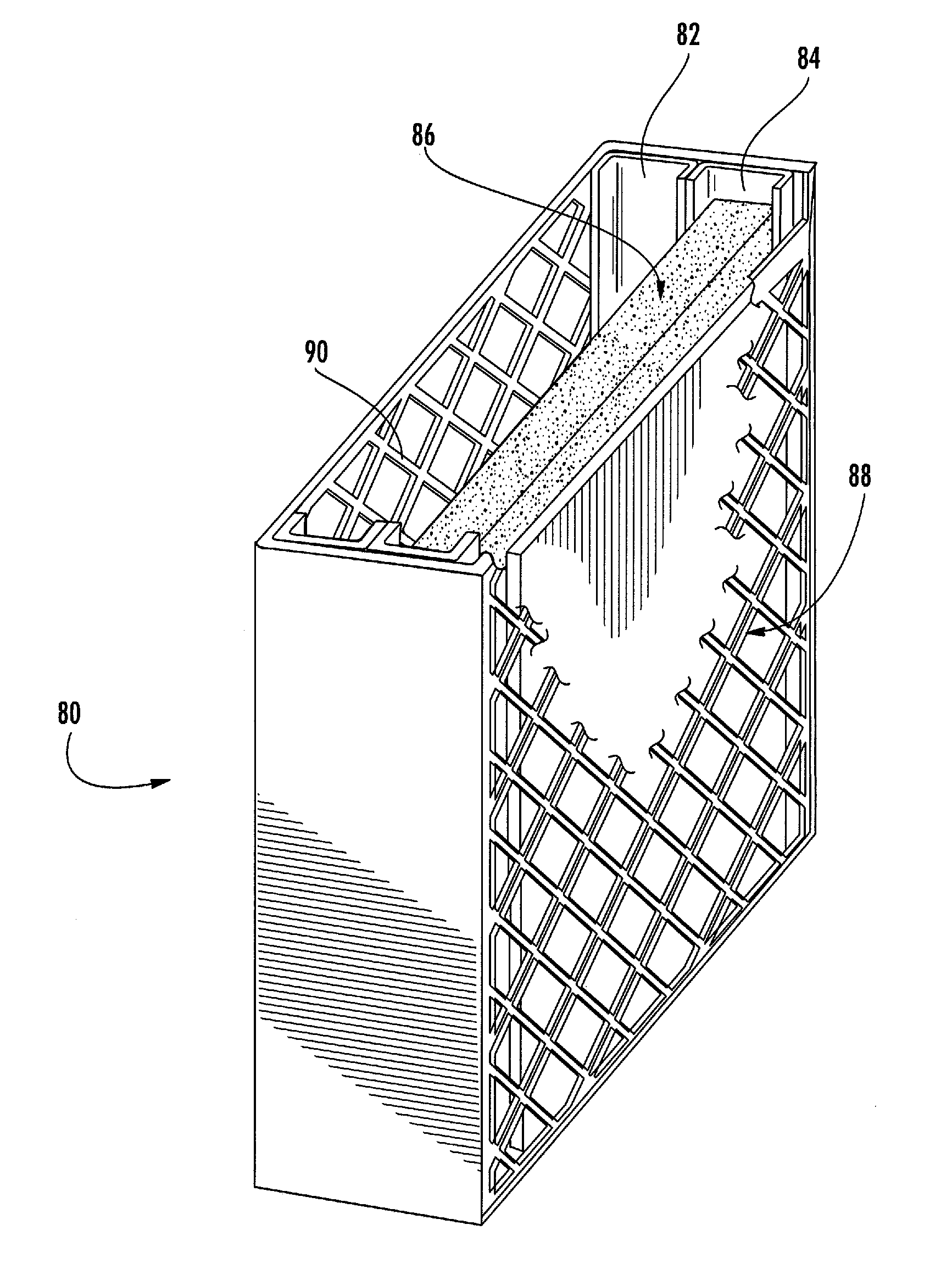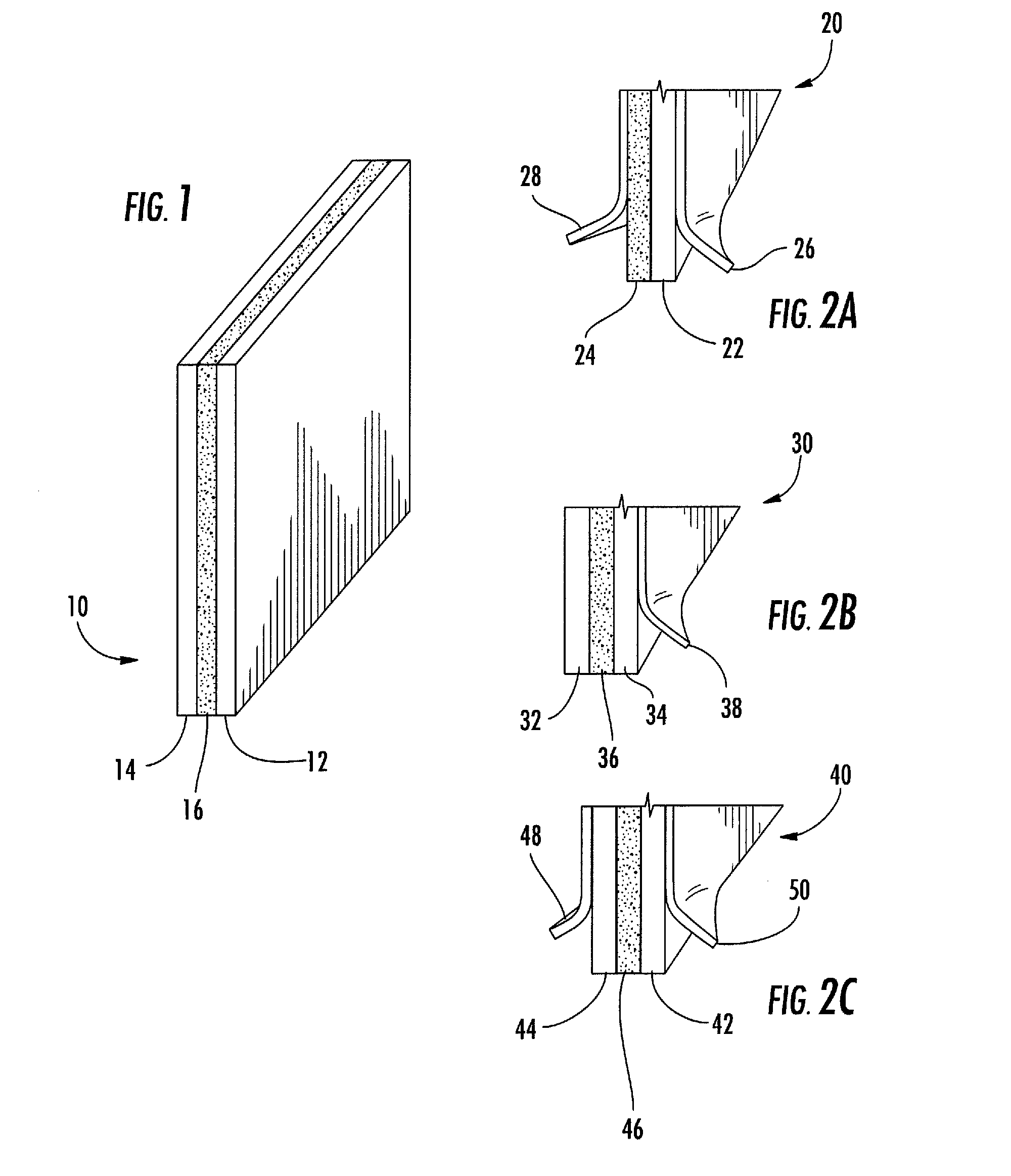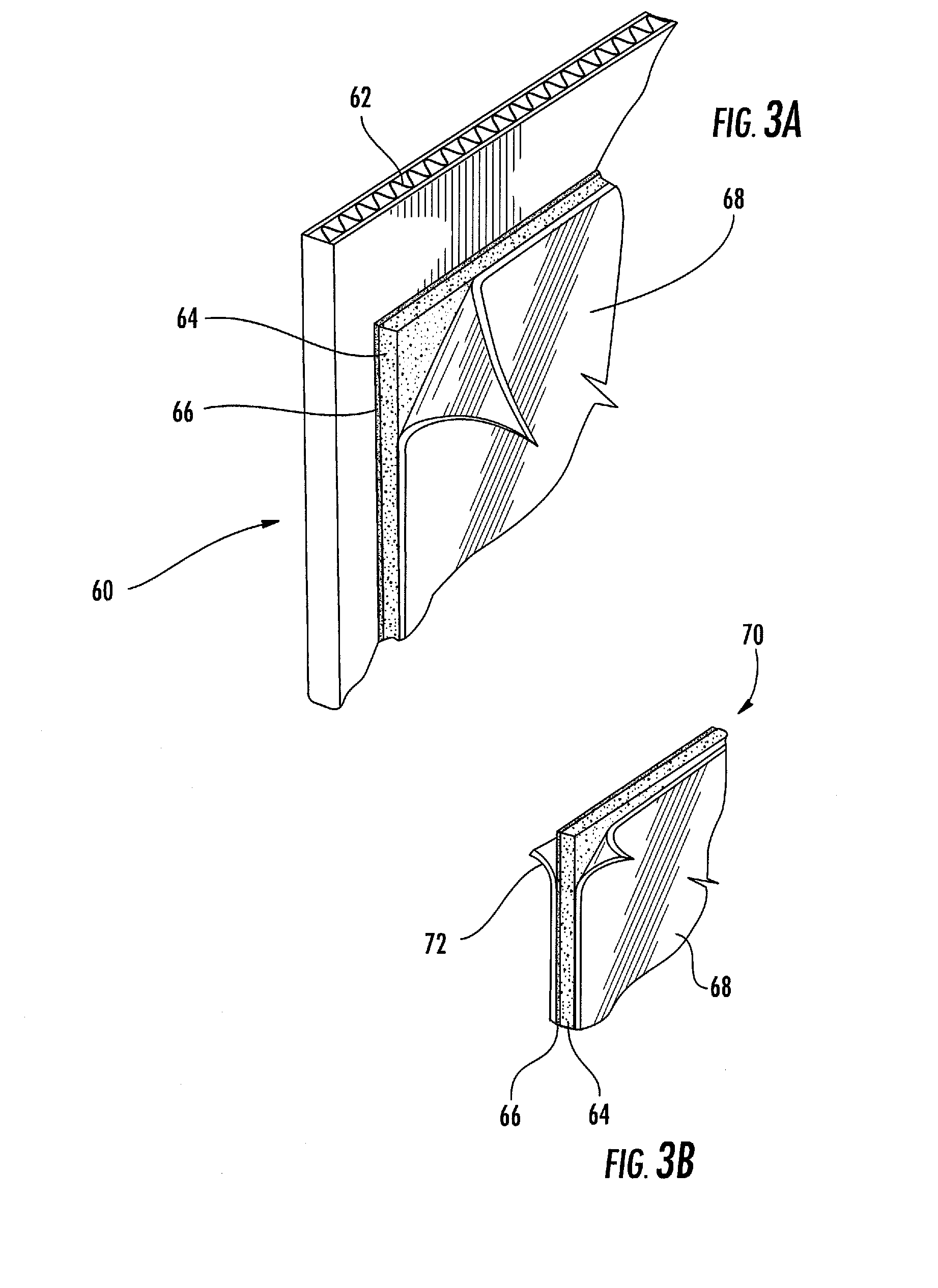Biological-Based Catalyst to Delay Plant Development Processes
a technology of plant development and biological catalyst, which is applied in the direction of bacteria-based processes, biocide, seed and root treatment, etc., can solve the problems of significant commercial monetary loss, uncompletely understood exact mechanism, and degradation of fruit quality, so as to facilitate longer-distance transportation, improve consumer product satisfaction, and increase shelf life
- Summary
- Abstract
- Description
- Claims
- Application Information
AI Technical Summary
Benefits of technology
Problems solved by technology
Method used
Image
Examples
example 1
Delayed Fruit Ripening Following Exposure to Induced Rhodococcus spp.
[0052]Rhodococcus spp. cells induced with asparagine, acrylonitrile, or acetonitrile were immobilized in a glutaraldehyde-cross-linked matrix of DEAE-cellulose. Methods of inducing cells and preparing the above matrix are described herein below in greater detail.
[0053]The cross-linked DEAE-cellulose catalyst matrix was placed in three separate paper bags (approximately 1-2 grams pack wet weight of cells per bag), with each bag containing unripe bananas, peaches, or avocados. As negative controls, the same fruits were placed in separate paper bags in the absence of the catalyst matrix. The paper bags were retained at room temperature, and the produce was observed daily for signs of fruit ripening and degradation.
[0054]All produce exposed to the catalyst matrix displayed significant delays in fruit ripening. In particular, the firmness and skin integrity of the peaches was maintained longer in the presence of the cat...
example 2
General Fermentation and Induction Protocols
Fermentation Process
[0055]The following general protocols and culture media were utilized for fermentation of the Rhodococcus spp. strains Rhodococcus sp. DAP 96622 and Rhodococcus rhodochrous DAP 96523 for use in other experiments:
[0056]Fermentation vessels were configured with probes to measure dissolved oxygen (DO) and pH, as well as with sampling devices to measure glucose concentration (off-line). Additional ports were used to add correctives (e.g., acid, base, or antifoam), inducers, nutrients and supplements. Previously cleaned vessels were sterilized in-place. A suitable base medium (1 or 1.5×) R2A or R3A was used. The specific components of these culture media are set forth below. Certain substitutions to the contents of the media were made in certain experiments. For example, Proflo® (Trader's Protein, Memphis, Tenn.) was at times used in place of the proteose peptone and / or casamino acids. Moreover, in certain experiments, Hy-Co...
example 3
Analysis of Nitrile Hydratase, Amidase, and Asparaginase Activity and Biomass in Asparagine-Induced Rhodococcus spp. Cells
[0064]Nitrile hydratase, amidase, and asparaginase activity and biomass were assessed in asparagine-induced cells from the Rhodococcus spp. strains Rhodococcus sp. DAP 96622 and Rhodococcus rhodochrous DAP 96523. Various modifications to culture media components, the administration methods, rates, and concentrations of asparagine provided to the cells, and the source of the cells were analyzed with respect to their effects on the activities of the above enzymes and on biomass. Sections A through G of this Example describe the specifics of each set of test conditions and provide a summary of the enzymatic activities and biomasses obtained under each the specified conditions.
[0065]A. Essentially as described above in Example 2, a 20-liter fermentor inoculated using cells of Rhodococcus rhodochrous DAP 96253 harvested from solid medium was continuously supplemented ...
PUM
 Login to View More
Login to View More Abstract
Description
Claims
Application Information
 Login to View More
Login to View More - R&D
- Intellectual Property
- Life Sciences
- Materials
- Tech Scout
- Unparalleled Data Quality
- Higher Quality Content
- 60% Fewer Hallucinations
Browse by: Latest US Patents, China's latest patents, Technical Efficacy Thesaurus, Application Domain, Technology Topic, Popular Technical Reports.
© 2025 PatSnap. All rights reserved.Legal|Privacy policy|Modern Slavery Act Transparency Statement|Sitemap|About US| Contact US: help@patsnap.com



